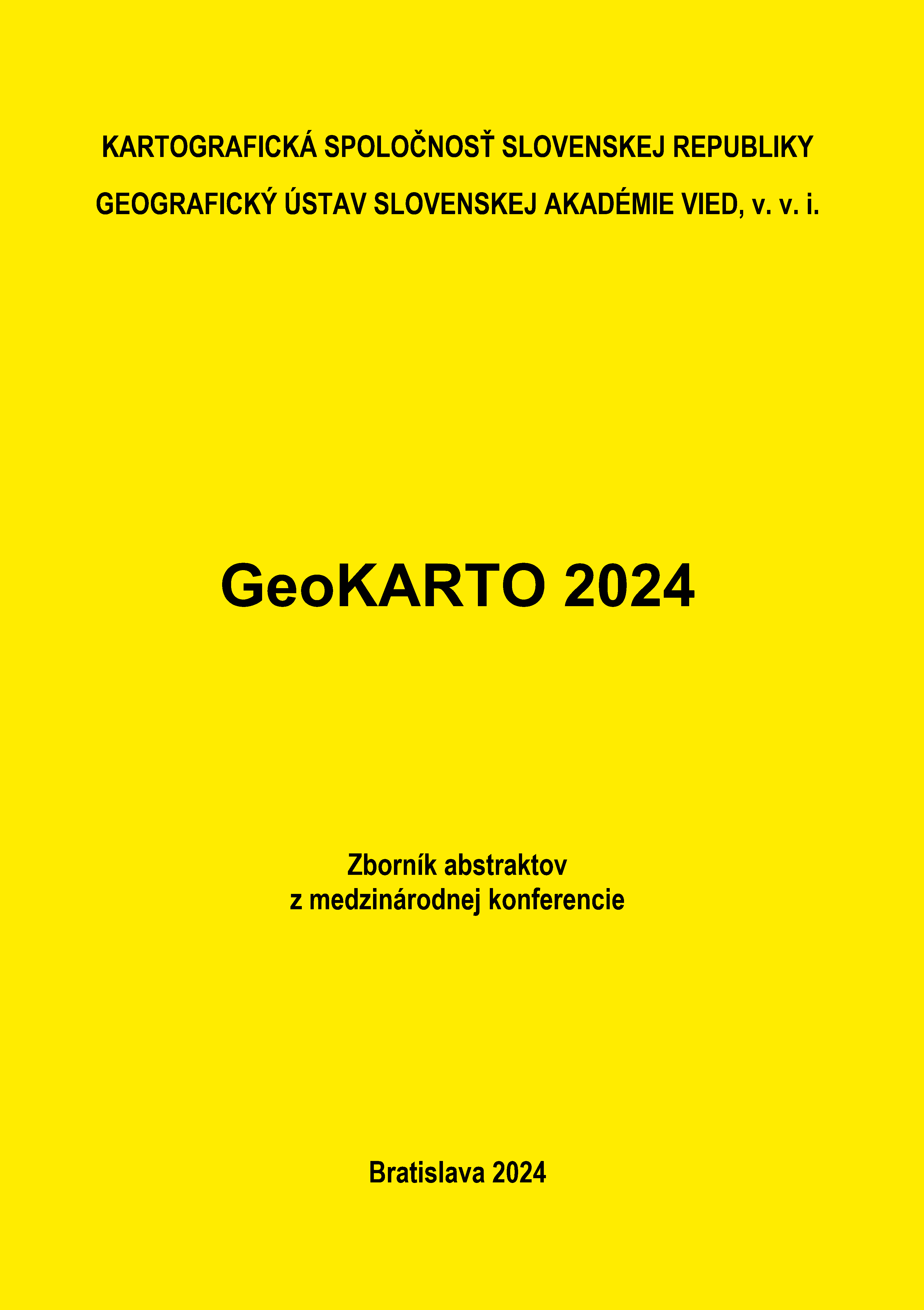DETECTION OF WATER CURRENTS IN FLAT TERRAIN AREAS BASED ON LASER SCANNING DATA: A COMPARISON OF EXISTING METHODS FOR OPTIMIZING THE UPDATING PROCESS OF WATER OBJECT POSITIONS
DETEKCIA VODNÝCH TOKOV V ROVINATÝCH OBLASTIACH NA ZÁKLADE ÚDAJOV LASEROVÉHO SKENOVANIA: POROVNANIE EXISTUJÚCICH METÓD NA OPTIMALIZÁCIU PROCESU AKTUALIZÁCIE POLOHY VODNÝCH OBJEKTOV
Keywords:
water currents, LiDAR, object detection, automatic recognition, deep learningAbstract
Water currents are dynamic objects that change their shape over time, making their actualization on maps a challenging task. Unlike static objects such as buildings and roads, water currents require a special approach to accurately map them. Modern photogrammetry and laser scanning techniques are becoming increasingly popular for this task, offering accurate and efficient ways to collect data. Currently, the Geodesy, Cartography and Cadastre Authority of the Slovak Republic (GCCA SR / the abbreviation in Slovak used to denote the data is ÚGKK SR) uses a classical method based on terrain slope parameters to actualize water currents (Dombiová, 2023). This method works well in mountainous and hilly terrain types, but requires considerable time for post-processing of data when applied to flat areas with many anthropogenic features such as roads and artificial canals. The purpose of this contribution is to demonstrate alternative methods for actualizing water currents on flat terrain types and to suggest ways of semi-automating data post-processing. The paper discusses methods for modeling water bodies using a combination of laser scanning and photogrammetry data, AI training, and a method for automatic river recognition from LiDAR data using a profile factor (Lin et al., 2008). The study was carried out on the example of Komarno region, Slovakia, using laser scanning data provided by the GCCA SR (https://www.geoportal.sk/sk/zbgis/lls). The methods described demonstrate the potential to significantly improve the process of water currents actualization, and to simplify and speed up manual data processing. The combination of laser scanning and photogrammetry can produce highly accurate elevation and water body models, while AI training and automatic recognition techniques can significantly reduce the amount of manual work required. This is especially important for flat areas, where classical methods do not always provide sufficient accuracy and require additional resources for data processing. Thus, the use of modern technologies and methods can significantly increase the efficiency and accuracy of water current mapping.
This contribution was supported by project APVV-22-0151.
Downloads
Published
Versions
- 21.01.2025 (2)
- 03.09.2024 (1)
Issue
Section
License
Copyright (c) 2024 GeoKARTO 2024

This work is licensed under a Creative Commons Attribution-NonCommercial 4.0 International License.

